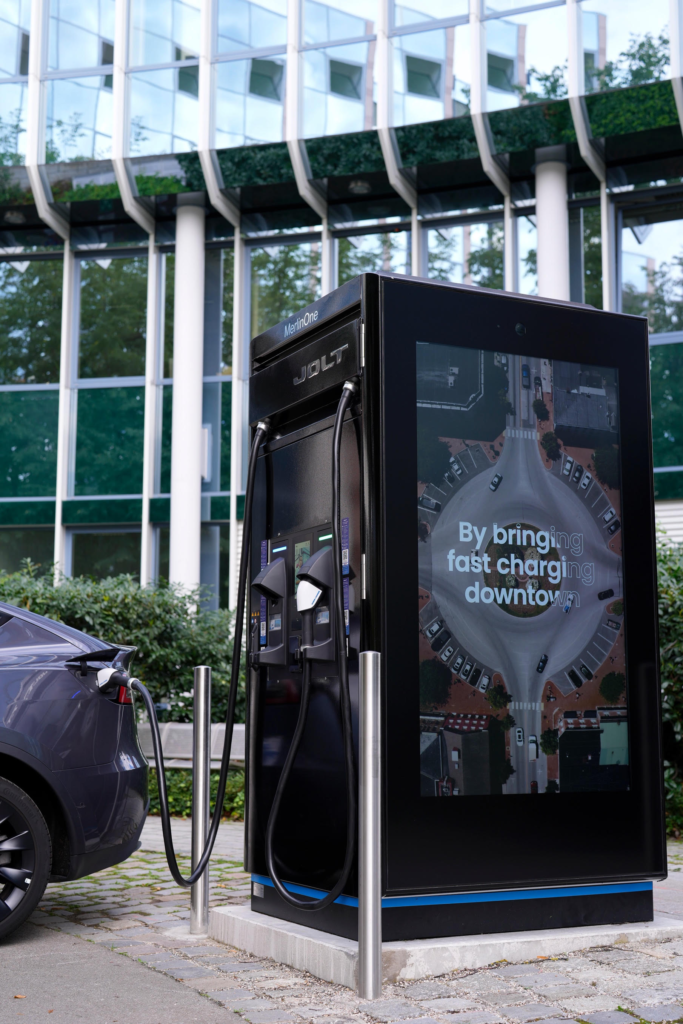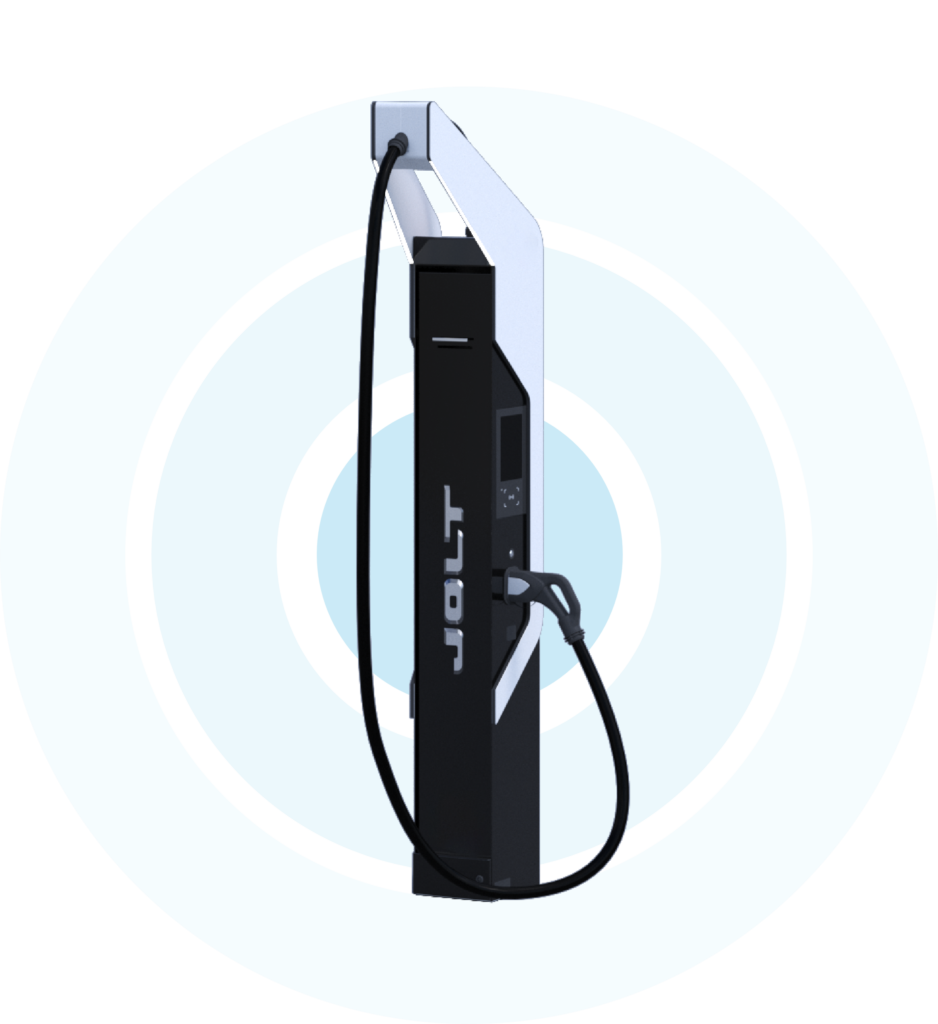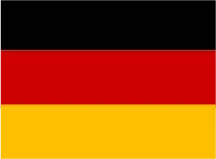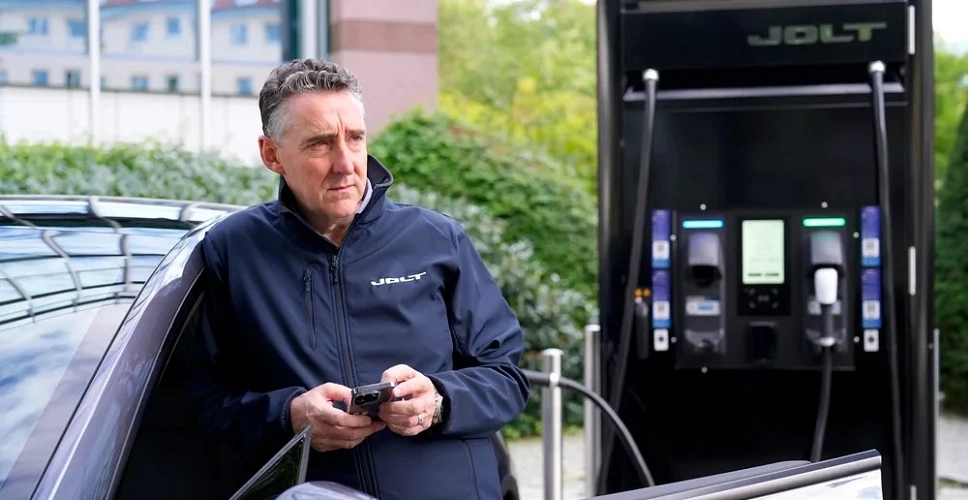With a firm commitment to star ahead of the ultra-fast charging industry standards, JOLT Energy, a pioneering charge point operator, aims to expand its network while simultaneously incorporating greater power.
In an exclusive interview with Mobility Portal Europe, the company’s CEO, Maurice Neligan, anticipates their plans to bring fast charging downtown, where the majority of EV drivers live.
Additionally, they have set a target to add 50 charging stations to the current 20 by March of next year and achieve a total of 400 stations by the end of 2024.
This with the purpose of further enhancing the ultra-fast charging (HPC) infrastructure across Germany.
“Following a successful financing round in May, JOLT is poised for substantial growth,” assures the CEO.
They have secured a grant of 150 million euros from infrastructure investors.
This funding will be used for deploying over 1,000 charging points in the next 18 months.
Currently, the majority of their charging stations are deployed in the major German cities, including Munich, Hamburg, Düsseldorf, Nuremberg, and Stuttgart.
However, with this expansion, they expect to extend their reach not only in Germany, but also to cities in the Netherlands, the UK, and the United States.
JOLT Energy offers two charging solutions.

The MerlinOne, which supports high-power charging with up to 300 kW in DC.
Meanwhile, the ChargeBox provides charging capability of up to 320 kW in DC, offering the fastest EV charging technology currently available in the market.
Each of these stations provides two charging points, setting them apart from conventional charging parks, with the ability to automatically adjust to 150/160 kW if both are in use.
Now, the company expect more powerful charging stations to be available soon. In this regard, they aspire to “exceed 400 kW.”
However, achieving this goal requires optimizing the entire ecosystem, including the vehicle, battery management, IT backbone, and charger.

“Recognizing the critical importance of speed in charging, we aspire to make the experience as swift as fueling up a conventional car,” Neligan emphasizes.
Thus, strengthening the electrical grid is a fundamental requirement to achieve this, and to that end, JOLT is deploying thousands of battery/charger combos.
For example, the incorporation of a 200 kWh battery enables them to operate seamlessly even in areas with a weak grid.
Furthermore, in their quest to streamline the user experience, they are developing their own app “to serve as a centralized consumer interface, providing a seamless service.”
Challenges and solutions in the German charging market
Germany is undergoing a paradigm shift, revisiting the incentives it offers to the eMobility market to promote the transition to sustainable mobility, and to align with the requirements set by the EU.
In this context, JOLT is concerned about the emerging consensus among stakeholders.
“It’s not merely the battery size to alleviate range anxiety, but the imperative focus on charging speed and the availability of a reliable fast charging infrastructure,” explains the CEO.
However, he assures that despite the late realization, there is a notable surge in demand for fast charging.
Currently, in Germany, there are more than 80,000 charging points, with around 7,000 being HPC.
To promote a more efficient charging infrastructure, the company proposes introducing smaller, periodic quotas for site allocation.
Likewise, enforcing a mandatory three-month deadline for power connections, and fostering closer collaboration between municipalities, utilities, and charging network operators.
Despite the recent announcement of the winners of “Deutschlandnetz” by the Government, which it is a positive step for HPC charging nationwide, “challenges persist.”
“Our track record with grid connections has been unfortunate, facing excessively long waiting times of eight months or more, impeding the rapid development of crucial infrastructure,” reveals Neligan.
To genuinely stimulate the market, “we need reduced rules, less bureaucracy, and more proactive engagement from German authorities to expedite grid connections,” he concludes.








